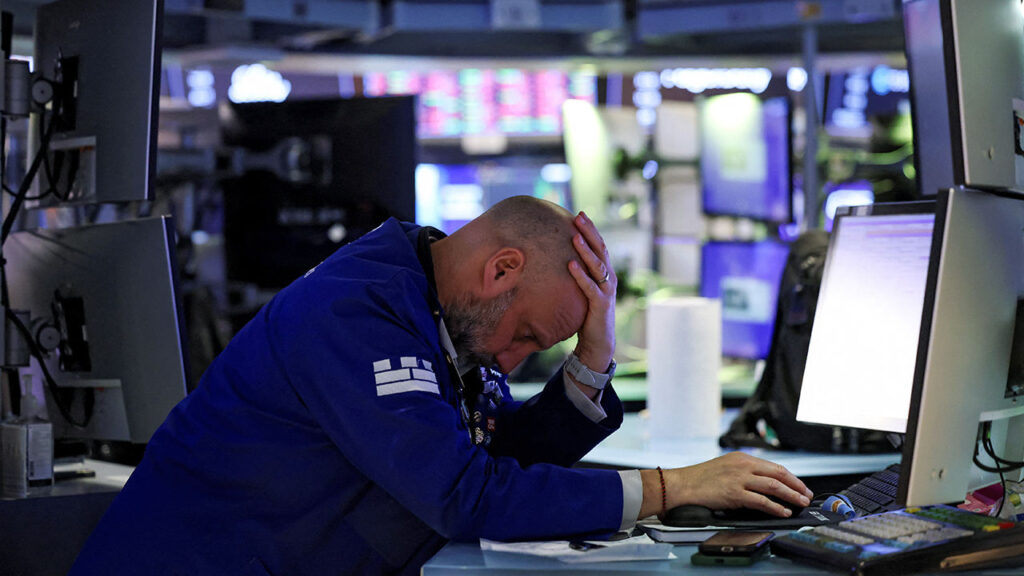So far in 2023, China has shown a selective interest in American cinema, importing only ten films from the United States. Among these is the quirky and adventurous film titled “A Minecraft Movie,” which captures the imagination of younger audiences with its vibrant storylines and beloved video game themes. However, despite this small influx of American films, there appears to be an undercurrent of fatigue with the Hollywood narrative. The import limitations are exacerbated by recent developments in international trade policies initiated by former President Donald Trump.
In a surprising turn of events, Trump has implemented significant alterations to the tariffs imposed on foreign countries. While he has slashed the “reciprocal” tariff for most nations down to 10%, he has simultaneously raised the tax on Chinese imports to a staggering 125%. This uneven policy has not only created tension between the United States and China but has also cast a shadow on the dynamics of the film industry. The China Film Administration, which oversees the regulation of films in the mainland, has responded to these geopolitical shifts by announcing a reduction in the number of Hollywood productions that will be screened within its borders.
The reasoning behind this decision stems partially from concerns regarding the overall perception of American films among Chinese audiences. According to the statements issued by the Film Administration, the increased tariffs imposed by the Trump administration might lead to a declining “favorable perception” of American cinematic offerings among Chinese viewers. This is an essential consideration in a market where audience sentiment can heavily influence box office sales. As such, the administration’s move could be interpreted as an effort to preserve cultural autonomy and protect local filmmakers from the overshadowing influence of Hollywood.
In addition to the geopolitical implications, another element influencing the dynamics of American film exports to China is the rise of domestic content. Chinese filmmakers and production houses are increasingly producing their own films that resonate more deeply with local audiences. Themes that reflect Chinese culture, history, and contemporary social issues are becoming more prevalent in domestic cinema. With stronger local content gaining traction, the necessity for foreign films, particularly American ones with narratives that may not always align with Chinese values or interests, comes into question.
Moreover, the entertainment industry in both countries is at a interesting crossroads. While American films have historically dominated the global box office, newer platforms and diversifying tastes are driving audiences to seek innovative and culturally relevant stories. This is particularly true for younger demographics in China, who are keenly interested in local stories that reflect their own experiences and aspirations. As such, there may be a natural dwindling of interest in American blockbusters, regardless of tariffs or regulatory pressure.
As the year continues to unfold, it will be fascinating to observe how these various factors intersect—trade policies, audience preferences, and the evolving landscape of global cinema. The decisions made by the China Film Administration may set a precedent for how foreign films are treated going forward, potentially shaping a new era of film consumption and production in China. Furthermore, the repercussions of this tariff strategy may trigger shifts in not just film imports but a broader cultural exchange between the United States and China, ultimately redefining the parameters of cinematic influence that each nation has over the other.
Overall, while China remains an enticing market for American films, the impact of national policies, local cultural pride, and evolving audience tastes signifies a time of reflection and potential transformation for an age-old industry. The balance between enjoying international cinema and cultivating local narratives appears to be the future battleground for filmmakers and audiences alike in both China and the United States.









